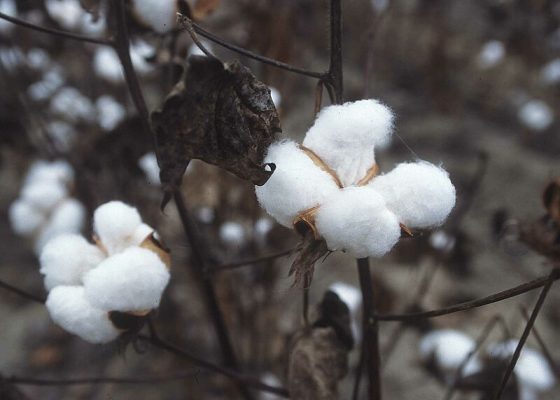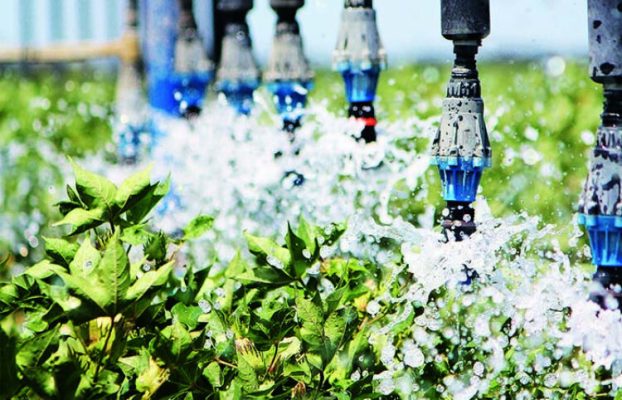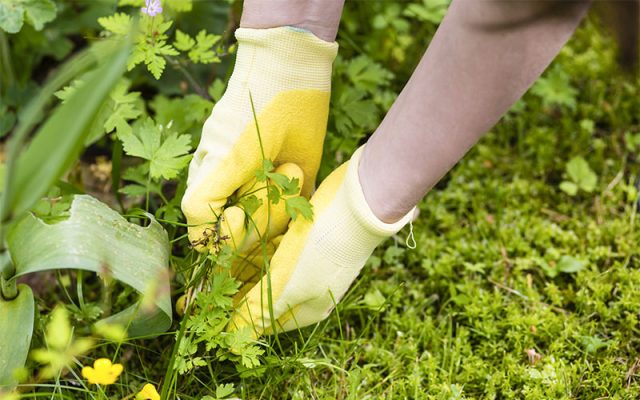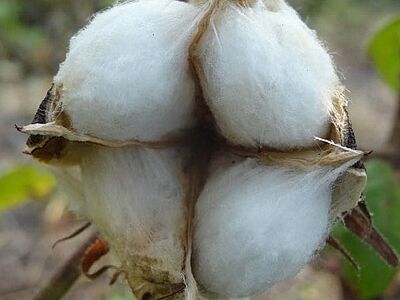The Secret to Nurturing Organic Cotton Plants:
A Comprehensive Guide
Are you curious about how to nurture organic cotton plants successfully? Organic cotton farming is not just about avoiding synthetic chemicals. Here’s an easy guide to help you start on it.
1. Soil Preparation
Healthy Soil: Begin with well-draining, nutrient-rich soil. Enrich it with organic matter such as compost or well-rotted manure to improve fertility and structure.
Crop Rotation: Rotate your crops to maintain soil health and prevent insects. Alternate cotton with pea trees or cover crops that fix nitrogen in the soil.
Cover Crops: Plant cover crops during the off-season to prevent soil erosion, enhance organic matter, and improve soil structure.

2. Planting
Seed Selection: Choose organic, not genetically modified cotton seeds suited to your local climate and soil. This ensures better growth and yield.
Spacing: Fit about to spacing promotes good air circulation, reducing disease and helping healthy growth.

3. Water Management
Effective Watering: Implement drip watering to provide suitable moisture without waterlogging. Avoid overhead watering to prevent disease spread.
Mulching: Use organic mulch to retain soil moisture, regulate temperature, and suppress weeds.

4. Pest and Disease Management
Natural Predators: Attract beneficial insects like ladybugs and spiders to control pests naturally. Plant flowers that attract these helpful creatures.
Companion Planting: Plant companions like marigolds to repel pests or attract beneficial insects.
Organic Pesticides: Use organic pesticides such as Neem oil or insecticidal soaps to manage pests without harming the environment.
5. Weed Control
Handmade Weeding: Regularly hand weed or use mechanical tools to control weeds without chemicals.
Mulching and Ground Covers: Mulch or use ground covers to suppress weed growth effectively.

6. Nutrient Management
Organic Fertilizers: Feed your plants with organic fertilizers like compost and seaweed extracts for needful nutrients.
Soil Testing: Regular soil tests help monitor nutrient levels and adjust fertilization practices accordingly.
7. Harvesting
Right Time: Harvest when the bolls are fully mature and dry to ensure high-quality fiber and reduce mold risk.
Handmade Picking: If possible, hand-pick cotton to minimize plant damage and selectively harvest mature bolls.

8. Post-Harvest Management
Filtering Cotton Seeds: Use organic-certified ginning facilities to separate fibers from seeds without contamination.
Preserve: Store cotton in clean, dry conditions to prevent mold and maintain fiber quality.
About IGREEN TEX
IGREEN TEX specializes in producing custom-made clothing and supplying high-quality fabrics domestically and internationally. Our professional process ensures that every piece meets high standards of quality.
Visit our website to learn more about our products and services: IGREEN TEX.
This guide not only helps you nurture your organic cotton plants but also emphasizes the importance of sustainable farming practices. If you’re looking for high-quality organic cotton fabrics or custom clothing, IGREEN TEX is your go-to provider. Our commitment to sustainability and professional service makes us a leader in the textile industry.
IGREEN TEX VIETNAM CO LTD
Address: No. 83, A4 Street, Ward 12, Tan Binh Dist, HCMC
Tax code: 0315844409
Email: info@igreentex.com
WhatsApp/Viber/Zalo: +84938.045.900
